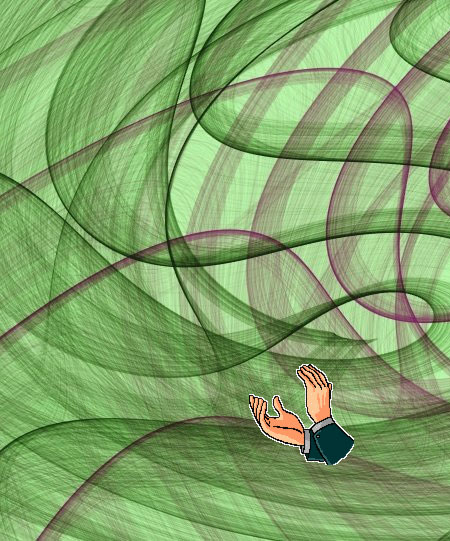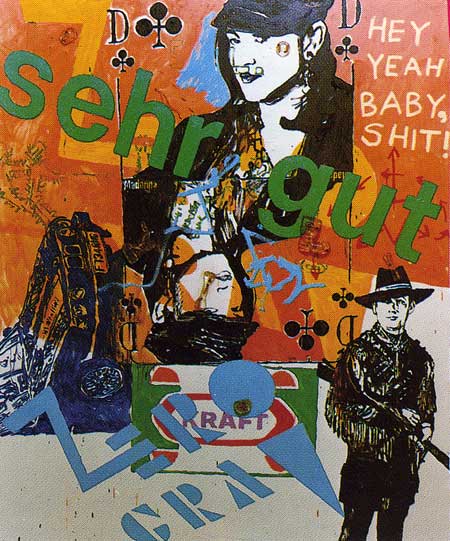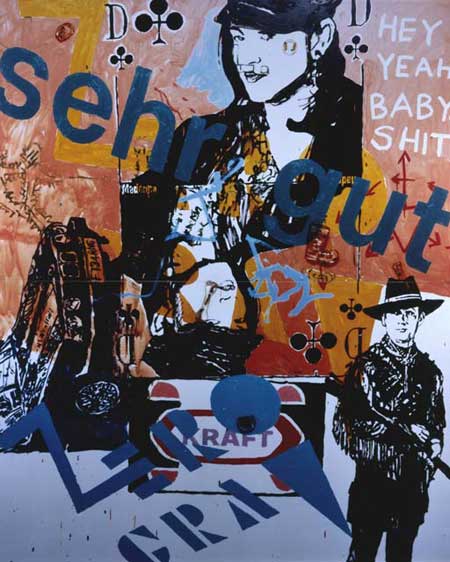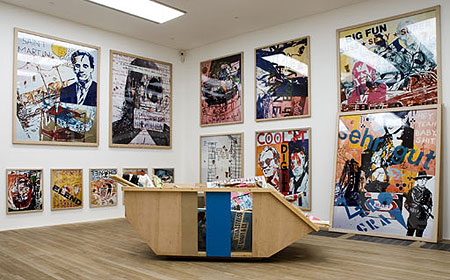
The wavy pattern is by one of the generative artists recommended by dataisnature. "Generative" means a computer makes the art following parameters determined by the programmer-artist. Some of it is visual music but some of it is visual muzak. I felt this one needed a clap.



